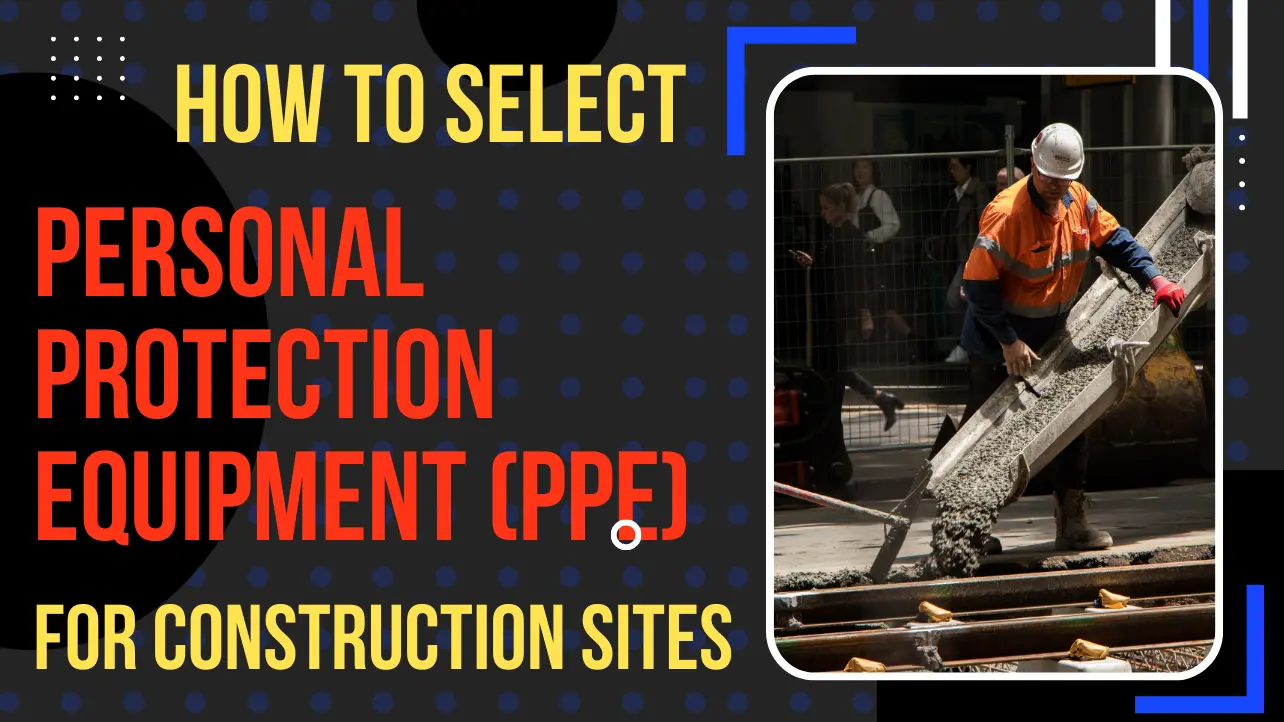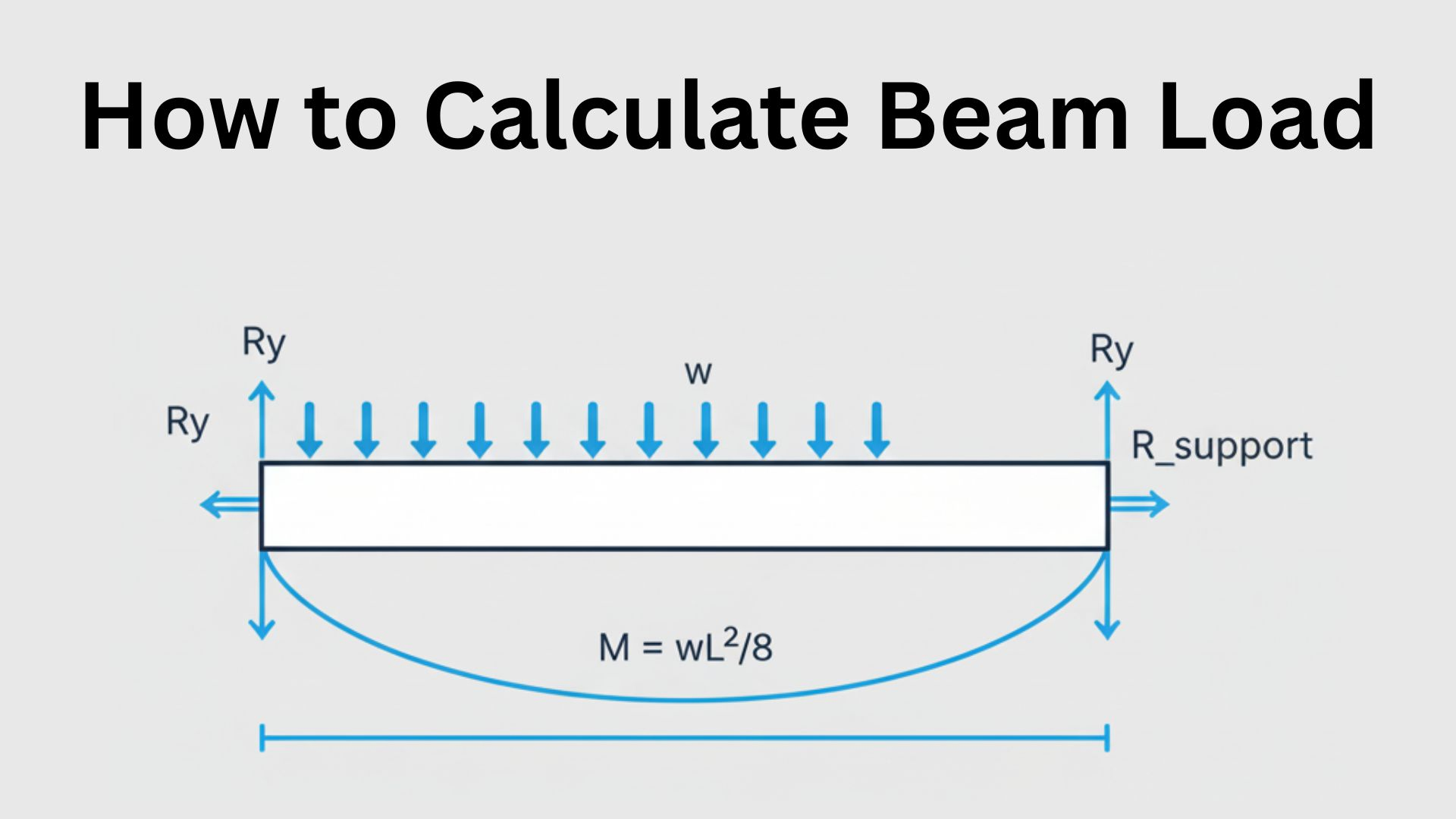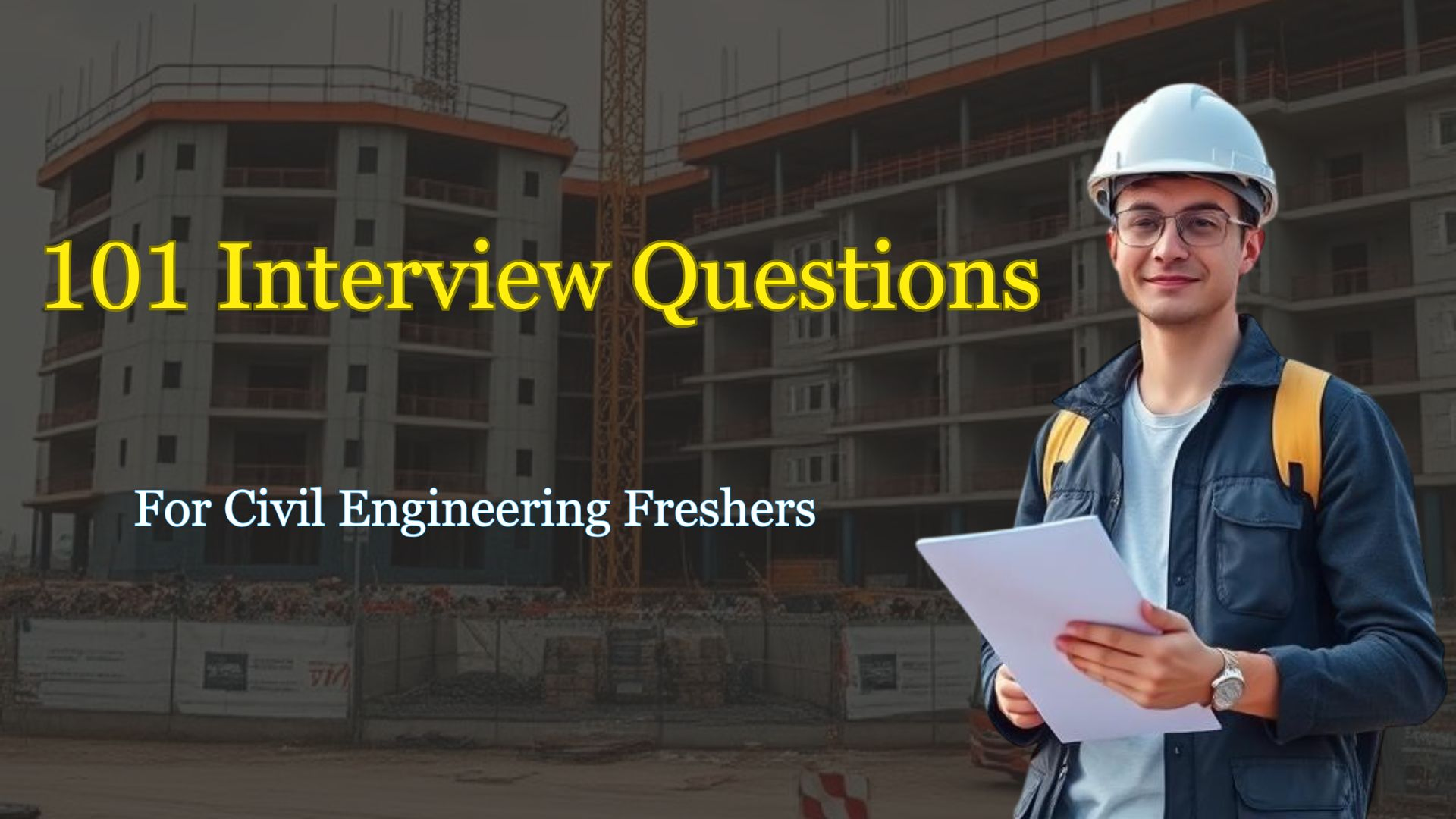Working in construction can be a dangerous job. There are many hazards present that can cause serious injury or even death.
A 2017 report by the BLS indicates that steamfitters, pipefitters, and plumbers were most likely to suffer injuries and death on the job. It is estimated that 10% of all construction workers suffer injuries on the job every year, according to OSHA.
There are 9.7 fatalities per 100,000 workers in the construction industry, the fourth highest rate among all industries. That’s why it’s important to wear the proper Personal Protection Equipment (PPE) when working on a construction site.
When working on a construction site, workers should wear PPE whenever there is a potential for falling objects, being struck by an object, or exposure to harmful substances.
Personal protective equipment, or PPE, is essential for keeping workers safe. PPE includes items such as hard hats, safety glasses, and earplugs or earmuffs.
To select the right PPE for the job, workers should choose items that are comfortable to wear, the right size, and appropriate for the task at hand.
But with all the different types of PPE available, how do you know which one is right for the job?
In this blog post, we’ll give you some tips on how to select the right PPE for construction work.
By following these simple guidelines, workers can help keep themselves safe on construction sites.
What is Personal Protection Equipment (PPE).
The Importance of PPE in Construction Sites
Personal protective equipment, or PPE, is clothing and gear designed to protect workers from serious injuries or illnesses resulting from contact with hazardous materials, electrical hazards, heat, chemicals, biohazards, and more.
Construction workers face a variety of potential safety risks on the job, so it’s important for them to have the right PPE for the task at hand.
While some construction jobs may only require the use of a hard hat and safety glasses, others may require more specialized gear such as respirators, earplugs or earmuffs, safety masks, reflective vests, and fire-resistant clothing.
It’s important for workers to select the right PPE for their specific job tasks in order to stay safe on the job site.
There are a few key factors to consider when selecting PPE for a construction job: the work environment, the task at hand, manufacturer’s instructions, fit, and comfort.
By taking these factors into account when choosing PPE, workers can be sure they’re selecting the right gear to keep them safe on the job site.
Different types of Personal Protection Equipment (PPE).
Hard hats
A hard hat is a type of personal protective equipment that is worn to help protect the head from injuries. Hard hats are required to be worn in many construction and industrial workplaces, as well as at some public events.
There are different types of hard hats available, with different features designed to provide protection against specific hazards. Hard hats can be made from various materials, including plastic, metal, and fiberglass.
Safety glasses
Safety glasses are a type of personal protective equipment that helps protect the eyes from injury. They are typically made of shatter-resistant material and have side shields to help prevent objects from entering the eye from the side.
Safety glasses must be worn in many workplaces, including construction sites, factories, and laboratories. Some safety glasses also have special coatings that help protect against specific hazards, such as UV light or chemicals.
Earplugs or earmuffs
Earplugs or earmuffs are a type of personal protective equipment that helps protect the ears from injury. They are typically made of soft foam or rubber and fit snugly into the ear canal to block out noise (earplugs) or sit over the outside of the ear to block out noise (earmuffs).
Earplugs and earmuffs must be worn in many workplaces where there is exposure to loud noise, such as construction sites, factories, and airports.
Respiratory Protection
Breathing in dust, fumes, and other airborne particles can be harmful to your health. Construction workers are often exposed to these hazards while working. Wearing a respirator is one way to help protect your lungs while working.
There are many different types of respirators available that provide different levels of protection. Some examples of respirators that may be used in construction work include:
• Dust masks
• Half-face respirators
• Full-face respirators
When selecting a respirator, it is important to consider the following factors:
• The type of work you will be doing
• The hazards you will be exposed to
• The fit of the respirator
• The level of protection you need
The level of protection you need really depends on the job you are doing. If you are working with hazardous materials, you will need to wear more protective gear.
This could include a Tyvek suit, gloves, and a respirator. If you are working in a more general industry, you might just need to wear work pants and a work shirt.
Safety masks
Safety masks are a type of personal protective equipment that helps protect the respiratory system from inhaling hazardous particles, such as dust, fumes, and mist.
Masks come in different ratings for different levels of protection; for example, N95 masks filter out 95% of airborne particles while N100 masks filter out 99% of airborne particles.
Masks must be worn in many workplaces where there is exposure to hazardous particles, such as construction sites, factories, and laboratories.
Reflective vests
Reflective vests are a type of personal protective equipment that helps make workers more visible in low-light conditions or when working near traffic. Vests typically have reflective strips on them which can help make workers more visible to drivers.
Vests must be worn in many workplaces where there is a risk of being struck by a vehicle, such as construction sites, factories, and warehouses.
There are different types of reflective vests available depending on the level of visibility needed. Some vests are meant for use in low-light conditions while others are meant for use near traffic. Vests can also be brightly colored to make workers more visible.
Some vests have pockets for storing tools or other items. Some vests also come with reflective tape that can be used to mark areas or hazards.
Foot protection
Footwear is an important part of personal protective equipment (PPE). The right footwear can help protect your feet from being injured by falling or rolling objects, electrical hazards, and exposure to chemicals.
Selecting the right footwear for the job is important. Consider the following factors when choosing footwear for work:
• The type of work you will be doing
• The hazards you will be exposed to
• The fit of the footwear
There are different types of footwear available that provide different levels of protection. Some examples of work shoes include:
• Boots
• Shoes
• Sandals
Hand protection
Hand injuries are some of the most common injuries in the construction industry. Construction workers use their hands for a variety of tasks, which can put them at risk for cuts, scrapes, burns, and other injuries. Wearing gloves is one way to help protect your hands while working.
There are many different types of gloves available that provide different levels of protection. Some examples of gloves that may be used in construction work include:
• Disposable gloves
• Leather gloves
• Chemical-resistant gloves
When selecting gloves, it is important to consider the following factors:
• The type of work you will be doing
• The hazards you will be exposed to
• The fit of the glove
• The level of dexterity you need
Also read – How to Minimize Wastage in Construction and save money?
How to select the right Personal Protection Equipment (PPE).
Consider the work environment
When selecting PPE, it is important to first consider the work environment. Different types of PPE will be needed for different environments. For example, if you are working in a dusty environment, you will need PPE that will protect your lungs from exposure to dust particles. If you are working in a loud environment, you will need PPE that will protect your ears from exposure to loud noise.
Consider the task
When selecting PPE, it is also important to consider the task that you will be performing. Different tasks require different types of PPE. For example, if you are using power tools, you will need PPE that will protect your eyes and ears from exposure to flying debris and loud noise. If you are working with hazardous materials, you will need PPE that will protect your skin and lungs from exposure to dangerous chemicals.
Follow manufacturer’s instructions
When selecting PPE, it is important to follow the manufacturer’s instructions. The manufacturer knows best how their product should be used and what type of protection it can provide. By following the manufacturer’s instructions, you can be sure that you are using the PPE correctly and getting the most out of it.
Inspect PPE before use
Before using any type of PPE, it is important to inspect it for damage or wear. Damaged or worn PPE can provide less protection than undamaged or new PPE and can even be dangerous to use. Always inspect your PPE before each use and do not use it if it is damaged or worn.
Fit is important
It is important that your PPE fits properly. Ill-fitting PEE can be uncomfortable to wear and can even cause injuries. Make sure that your hard hat fits snugly but not too tightly, that your safety glasses fit securely and do not fog up, and that your ear plugs or ear Muffs fit snugly but not too tightly.
Look for durable PPE.
You want your PPE to last as long as possible, so look for items that are made from durable materials. Hard hats, for example, are typically made from polycarbonate, which is a tough, shatter-resistant plastic. Safety glasses are usually made from polycarbonate or another type of impact-resistant plastic.
How to care for Personal Protection Equipment (PPE).
Read the manufacturer’s instructions
Be sure to read the manufacturer’s instructions carefully before using any PPE. This will help you understand how to use the equipment properly and how to care for it.
It is also important to follow the manufacturer’s instructions in order to ensure that the equipment will work properly and will not cause any safety hazards.
Store PPE properly
Once you have used PPE, it is important to store it properly until it is needed again. Personal protective equipment should be stored in a clean, dry area out of direct sunlight.
for example, Hard hats, should be hung on a peg or hook so that they do not become misshapen.
Inspect PPE regularly
It is important to inspect your PPE regularly to ensure that it is in good condition and will continue to protect you as intended.
Look for signs of wear and tear, such as cracks or fraying, and replace any damaged items immediately.
Repair or replace PPE as needed
If your PPE is damaged, it may not provide the level of protection you need. In some cases, you may be able to repair the item (such as replacing a broken lens in safety glasses).
However, if the damage is extensive, it is best to replace the item with a new one.
Conclusion
The best way to protect yourself on a construction site is to wear the proper personal protective equipment. PPE can help reduce the severity of injuries and even save lives.
When selecting PPE, always consult with your supervisor to ensure you are choosing the right gear for the job.
PPE is not a one size fits all solutions, and there are different types of PPE available for different tasks.
The right personal protective equipment (PPE) is essential for construction workers to stay safe on the job site.
With so many different types of PPE available, it’s important to select the right gear for the task at hand and follow manufacturer’s instructions carefully.
Once you have the right PPE, be sure to follow the manufacturer’s instructions carefully to ensure it is being used correctly.
PPE should be inspected regularly and replaced as needed to ensure it continues to provide adequate protection.


